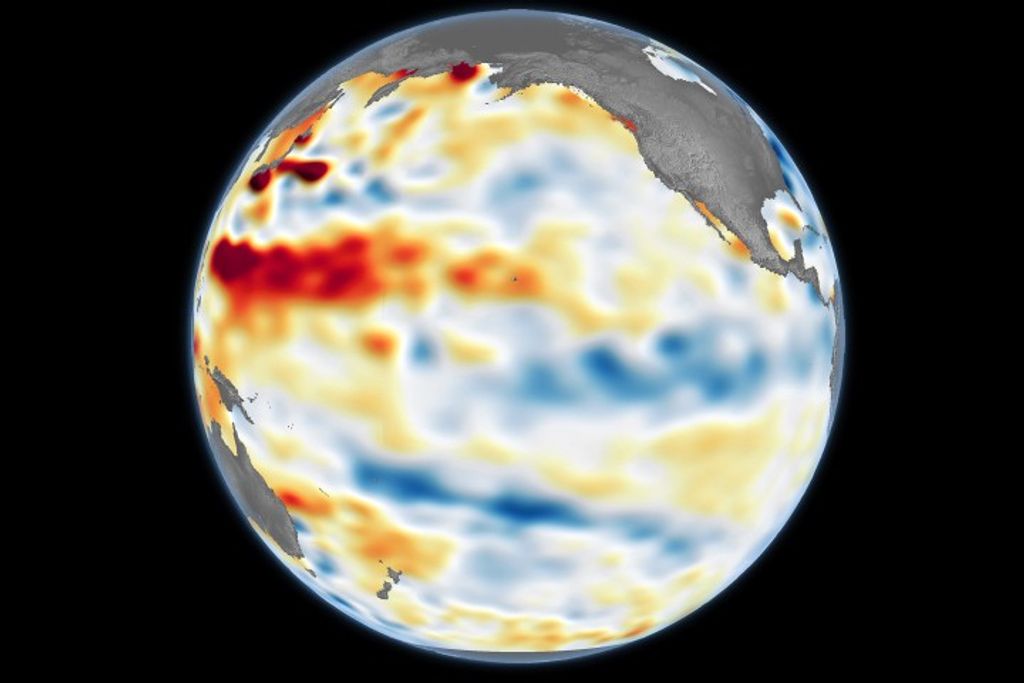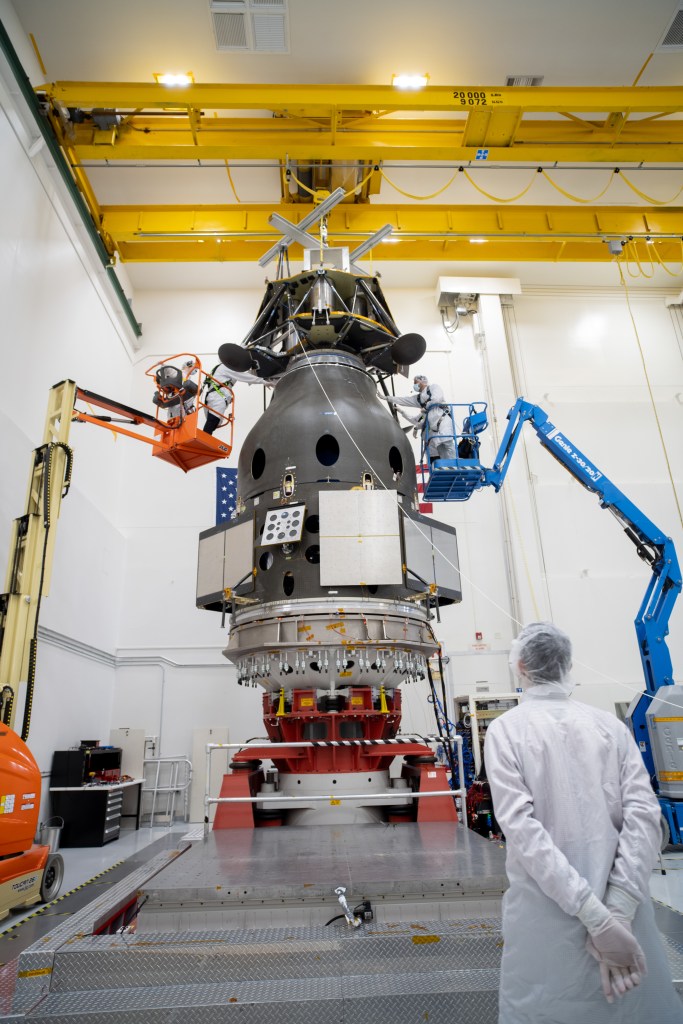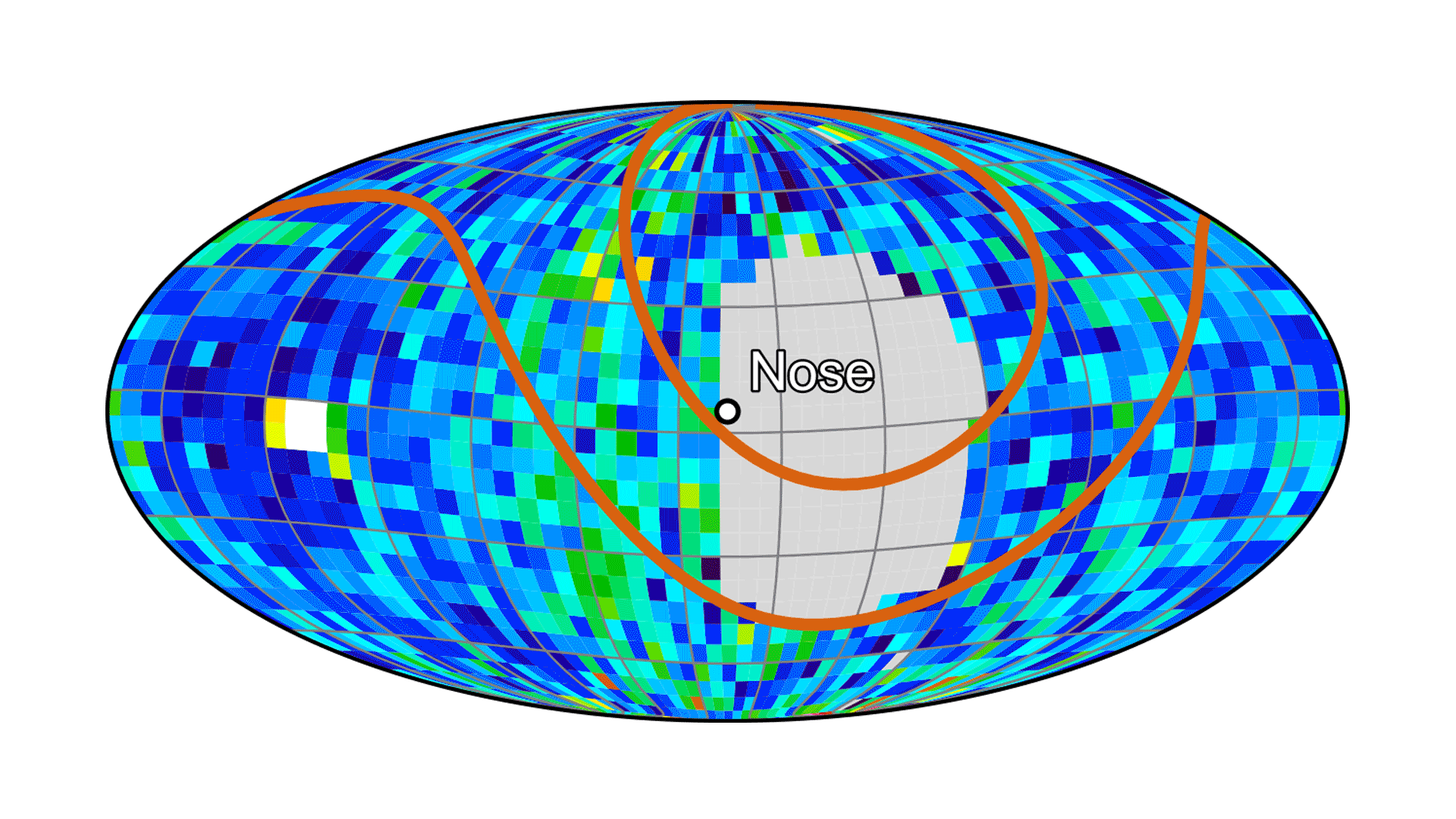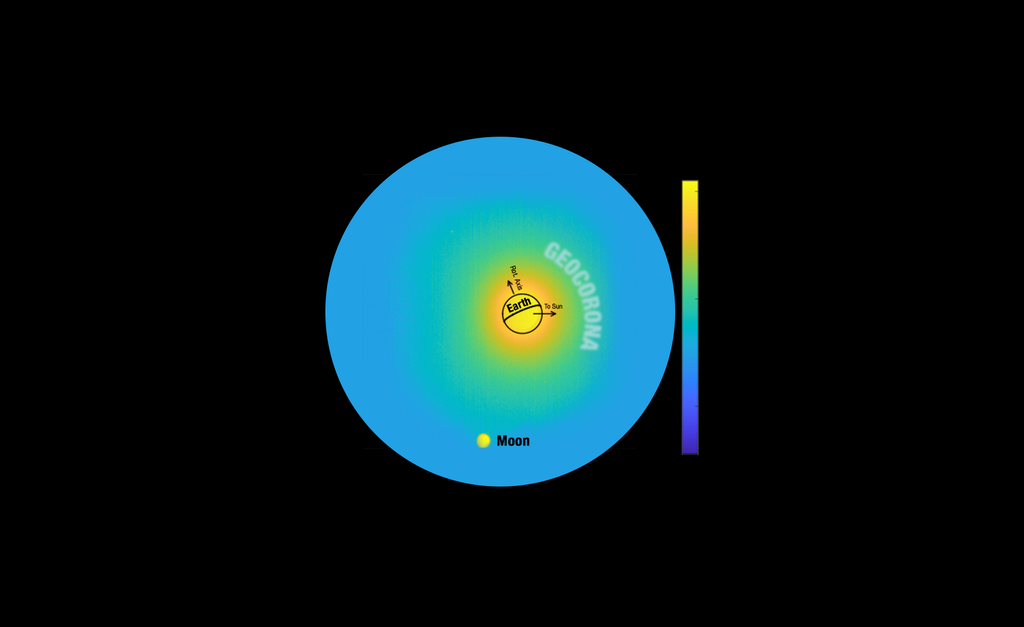Weather Favorable for Astra Launch of NASA’s ELaNa 41 Mission
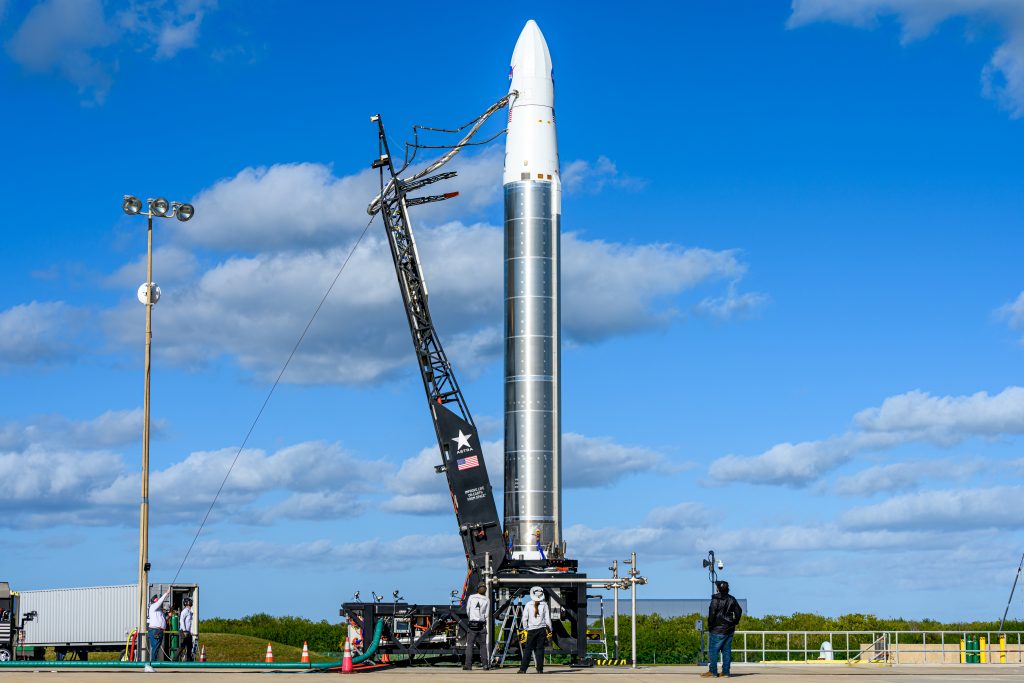
A high pressure system extending into north Florida has brought sunny skies, light winds, and a few clouds over Cape Canaveral Space Force Station on Feb. 10, 2022, as Astra plans the launch of its Rocket 3.3 carrying NASA’s Educational Launch of Nanosatellites 41 (ELaNa 41) mission. Space Launch Delta 45 predicts 90 percent favorable weather conditions during the one-hour launch window, which opens at 3 p.m. EST.
The launch from Space Launch Complex 46 will be the first mission under the NASA’s Venture Class Launch Services Demonstration 2 (VCLS Demo 2) contract. The payloads include four CubeSats selected through NASA’s CubeSat Launch Initiative (CSLI), which provides launch opportunities for small research satellites built by universities, high schools, and non-profit organizations.
“Missions like these help develop and test new, emerging rockets,” said Hamilton Fernandez, mission manager for NASA’s Launch Services Program. “NASA’s Venture Class Launch Services contracts are intended to grow the commercial market while creating options for flying small, risk-tolerant payloads at lower prices than more traditional launch services contracts.”
The CubeSats of the ELaNa 41 mission were designed and built by three universities and one NASA center. These include:
- BAMA-1– University of Alabama, Tuscaloosa
- INCA– New Mexico State University, Las Cruces
- QubeSat– University of California, Berkeley
- R5-S1 – NASA’s Johnson Space Center, Houston
Astra Space Inc. was one of three companies selected as service providers to launch CubeSats, also called microsats or nanosatellites, through VCLS Demo 2 contracts awarded by NASA’s Launch Services Program (LSP), based at Kennedy Space Center.
The Earth Science Division of NASA’s Science Mission Directorate partnered with LSP to fund these contracts. The VCLS Demo 2 launches of small satellites can tolerate a higher level of risk than larger missions and will demonstrate – and help mitigate – risks associated with the use of new launch vehicles providing access to space for future small spacecraft and missions.
Stay connected with the mission on social media, and let people know you’re following it on Twitter, Facebook, and Instagram by tagging these accounts:
Twitter: @NASA, @NASA_LSP, @Astra
Facebook: NASA, NASALSP
Instagram: @NASA, @AstraSpace










